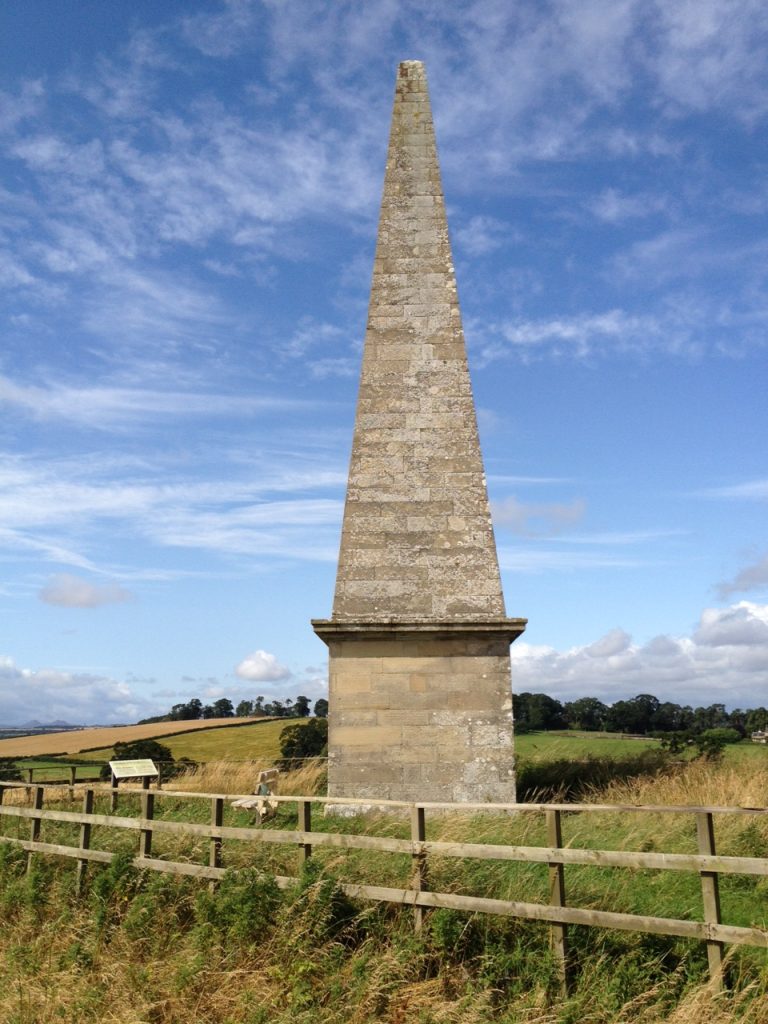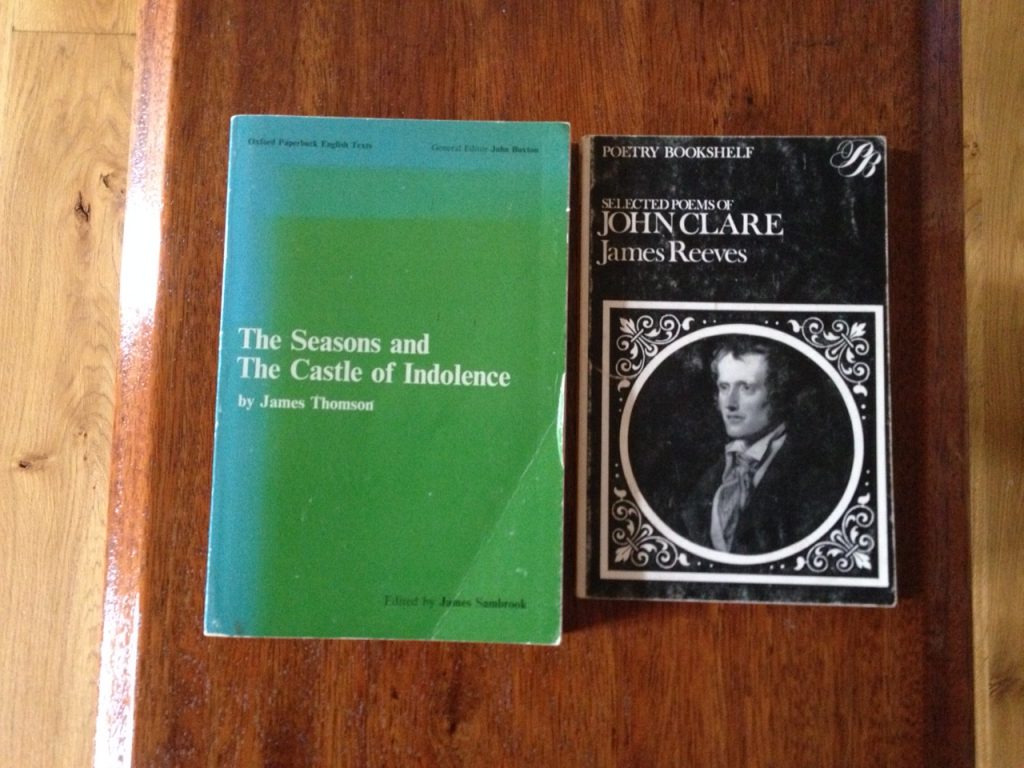Way back in time we swam in the Evenlode river beneath Gritney Hill. Today it was the Shereburgh and Staerough hills which overlooked our late summer bathe in the Bowmont river. Towards Clifton it had cut into its bank and scooped out a twenty yard deep stretch of the river bed. For this fast flowing shallow upland river this was an unusual feature, perfect for a freshwater experience. Fifty five years had separated these tingling experiences. Sitting on the bank afterwards, looking up to the hills, my mind turned to other recent moments which had catapulted my thoughts across space and time.
A recent cycle ride had seen me pass by the village of Ednam, near Kelso. Overlooking the racecourse and beyond to the Cheviot hills is a monument. It is in memory of William Thomson who was born near Ednam and who later became renowned for composing the lyrics to Rule Brittania.

Now notable though that achievement is, for me his greatest legacy was the inspiration he gave to one of my favourite poets, John Clare. This fact is not recorded on the monument but is recounted in the biography of Clare by J. Bate.(1) Apparently, so moved was he by Thomson’s long poem ‘The Seasons’, Clare walked from his fenland home all the way to the town of Stamford to purchase a copy. Unfortunately, when he finally got there, he found the bookshop to be closed. Undeterred the determined Clare repeated the trek the following week and was rewarded with its purchase. Some lines from both poets illustrate just how Clare was inspired by Thomson’s observations of the natural world. From the section entitled ‘Spring’ Thomson records his encounter with Lapwings (also known as a Peewit or Green Plover).
“around the head
Of wandering swain, the white winged plover wheels
Her sounding flight, and then directly on
In long excursion skims the level lawn
To tempt him from her nest”(2)
One hundred years later, Clare was walking the same path, his senses similarly attuned. Below are some lines from his ‘The Pewit’s Nest’.
“Here did I roam while overhead
The pewit whirred in many whewing rings
And ‘Chewsit’ screamed and clapped her flapping wings”(3)
Given the title of this piece, it will come as no surprise that I am dwelling on Clare because my interest in him goes back in time. In fact it was around the same time as the wild water swimming days in the Evenlode. The precise memory though hinges on days working with my father. He was at the top of a ladder mending a roof at Combe House in Combe, Oxfordshire. All that was required of me was to sit firmly on the bottom rung as anchor man and stabilise things. I read Clare’s poems to pass the time. Why Clare? Well just as he had witnessed scenes familiar to Thomson, I also could relate to things recorded in his poems. Paraphrasing Hardy, Clare was indisputably “ a man who noticed things” (4) , a trait to emulate for sure. There were plenty of peewits to observe in the Evenlode valley in those days. Indeed the connections spiralled as the years unfolded. Eight years later we were living and working in the Fens which saw me explore many of Clare’s habitats. You might say, perhaps a little fancifully, that just as Thomson had guided Clare so Clare had accompanied me. And now? Here I was sitting beneath the monument to his mentor. Time’s arrows had certainly flown back and forth.

References
- Bate. J. John Clare. A biography. Picador 2003
- Thomson J. The Seasons and The Castle of Indolence. Clarendon. 1972
- Reeves. J. Selected poems of John Clare. Heinemann 1969.
- Hardy T. from his poem ‘Afterwards’
